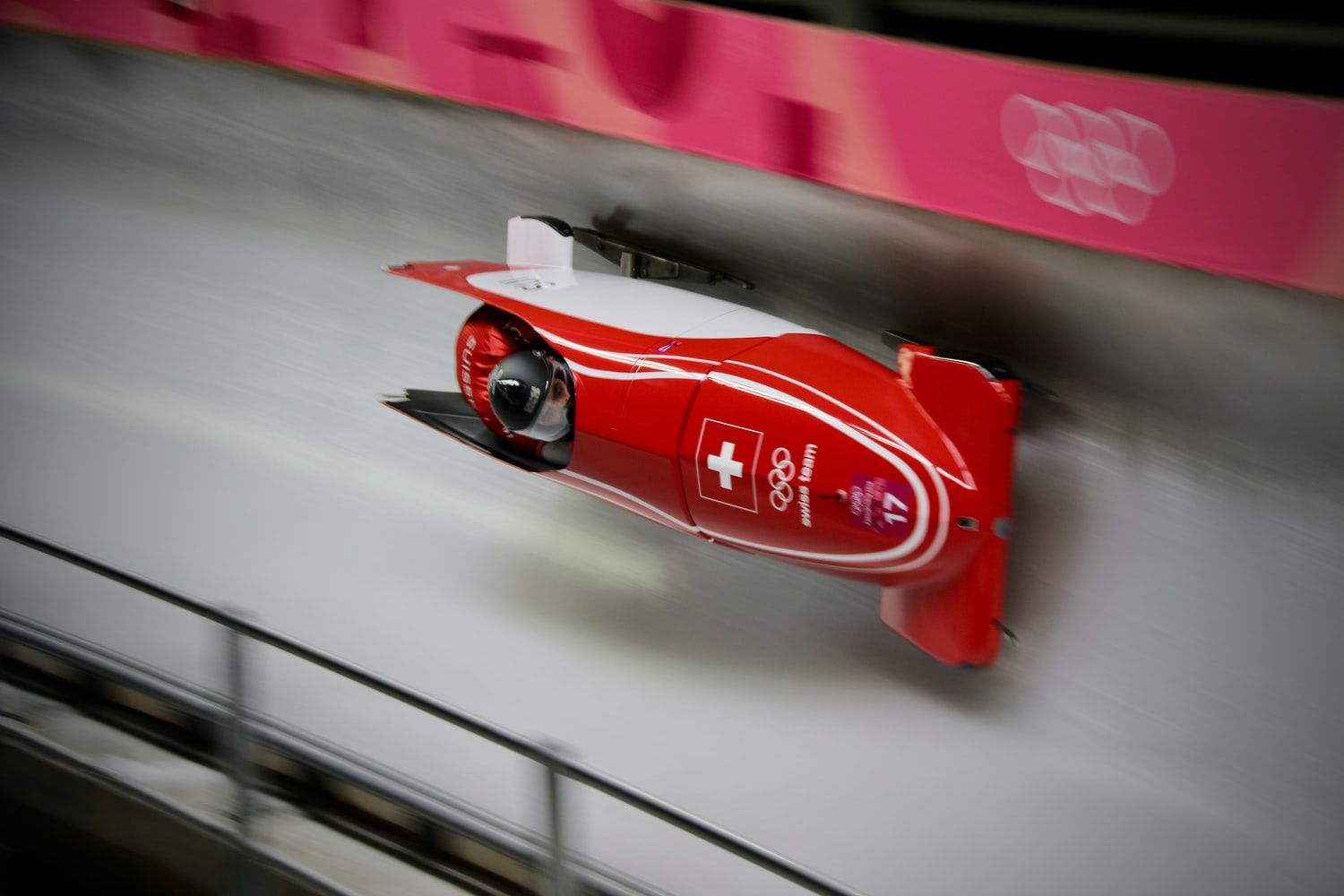Southfields solves remote commentary problem with Video Transport

Founded in 2002, Southfields is a leading Dutch sports production company based in Amsterdam. In addition to various matches, competitions and sports television programs created for ESPN Ziggo Sport, NOS, PSV TV and many others, they produce Formula One for Ziggo Sport, the Champions League for Talpa Networks, and the Euro Hockey League. I talked to Maarten Verstraete, who is responsible for workflows and new technology in the company, about how they are using Video Transport.
Verstraete is in winter times the main TV producer for IBSF (International Bobsleigh & Skeleton Federation). IBSF produces 50 events in different locations in Europe and broadcasts it to ZDF, ARD, CBC, NBC, Match TV, and 20 other networks. A process Southfields is often involved in is producing commentary, where, in a normal situation, the commentator is present at the venue, can speak to the athletes, collect information, exchange opinions and contribute from the commentary booth. When Verstraete was getting ready to produce the Bobsleigh World Cup, IBSF suggested that they should bring as few people to the venue as they could – due to the pandemic.
That was the point where we thought, okay… We have two people – one in Great Britain and one in the USA, and they need to be able to see the picture, and their commentary needs to be sent back to the location, where we need to transmit it via satellite – as quickly as possible. That's where it all came together. Having tested it with the users a few weeks in advance, we came to the conclusion that Medialooks would be a very nice way to send video with little latency over the public Internet.
For 10 weeks in a row, on 10 different productions in different countries, Video Transport was used to deliver the program feed from the event to the two off-site commentators: Martin Haven (on photo) and John Morgan. The audio feed with commentary was then, also via VT, sent back to the production site, mixed with the program feed and uploaded for distribution via satellite. This approach was initially developed and suggested by NEP Belgium, who also provided the OB truck used in this production.
From our experience based on these 10 weeks, it is a fact that VT is very stable. It's either on or off. In terms of quality, it was better than we expected – especially the audio part.
But that wasn’t everything. Usually, at the end of a sports competition, the commentator goes out in the field to approach the athletes for an interview. This time, on the final event of the World Cup, a screen was installed in the finish area to display the video feed from the remote commentator, and his voice was put on speakers. Using Video Transport, John Morgan conducted remote interviews with the winners from his booth in the United States.

Despite the unusual conditions, IBSF was capable of fulfilling their contracts. Also, on the creative part, they could do even more than they could before.
With this setup, you can switch over quickly from event to event. For example, if you have a car race, and you have a specialist on a certain race (such as a former racer), you can simply invite him for a co-commentary – without the need to travel. And he would be happy because he would receive a clear and instant feed with intercom and N-1.
Proving this point, another commentator helped out on an occasion when two events were happening in a row.

A few weeks later the same workflow was implemented for the Euro Hockey League. Being, in field hockey, at the same level as the Champions League in football, it is a big event in the Netherlands – produced by Southfields. The top 4 European men and women teams competed in Amsterdam for the champion’s title. Because of the Covid-19 regulations, the English World Feed commentators Nick Irvine, Maddie Hinch and Simon Mason couldn’t travel to the Netherlands. Istead, they stayed home in Great Britain and remotely contributed to the production. Mark van Knippenberg was responsible for this broadcast.
To solve this issue we had to look for a setup that was easy to implement in our broadcast workflow and didn’t have latency issues. This sport moves really fast and any latency issues would cause difficult situations on our live feed. I spoke to my colleague Maarten Verstraete who worked with Medialooks Video Transport during the IBSF World Cup. The system proved itself on this production, so I was confident that we could use Video Transport during the EHL Final4.
One of Mark’s concerns was whether the commentators would find the solution easy to implement and if any additional training would be necessary.
They are not technicians, so we couldn’t make it too difficult for them. Medialooks proved to be perfect. We sent them a Sennheiser HMD-26 headset and an audio device to connect to their computer. This was everything they had to do and we tweaked it to perfection. The result was that everybody was happy and nobody noticed that the commentators weren’t on site.
With latency and reliability being key success factors, Southfields concludes they were completely satisfied with Video Transport:
The commentators were happy that it worked out because they could do their job… We needed to send them the video as quickly as possible, and then we needed to have their audio back as quickly as possible. We didn't want to do anything with delaying the feed and putting the video and audio in sync afterwards. Also this feed was put up via satellite for international distribution, and again the system was stable for 14 long matches.
Southfields plans to have 5 commentators working from their houses in the UK during the EuroHockey Nations Championship in June.
